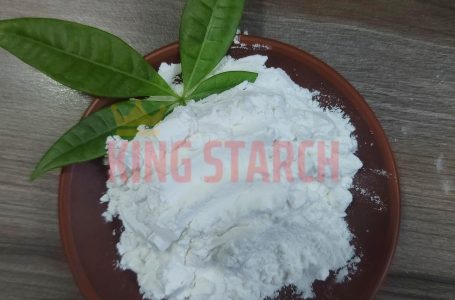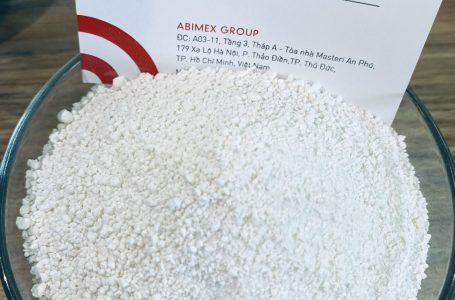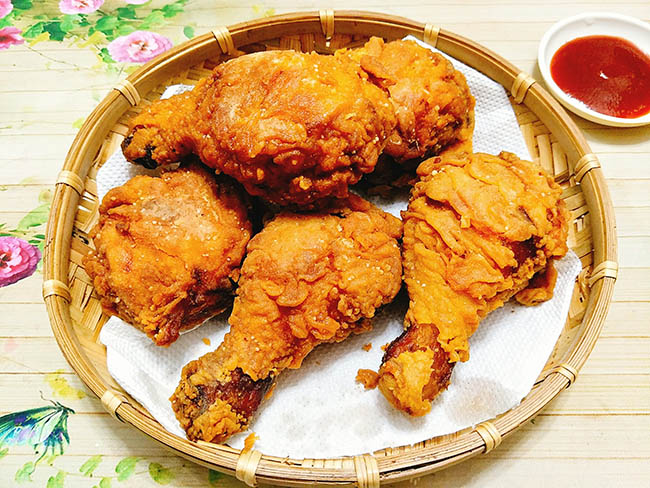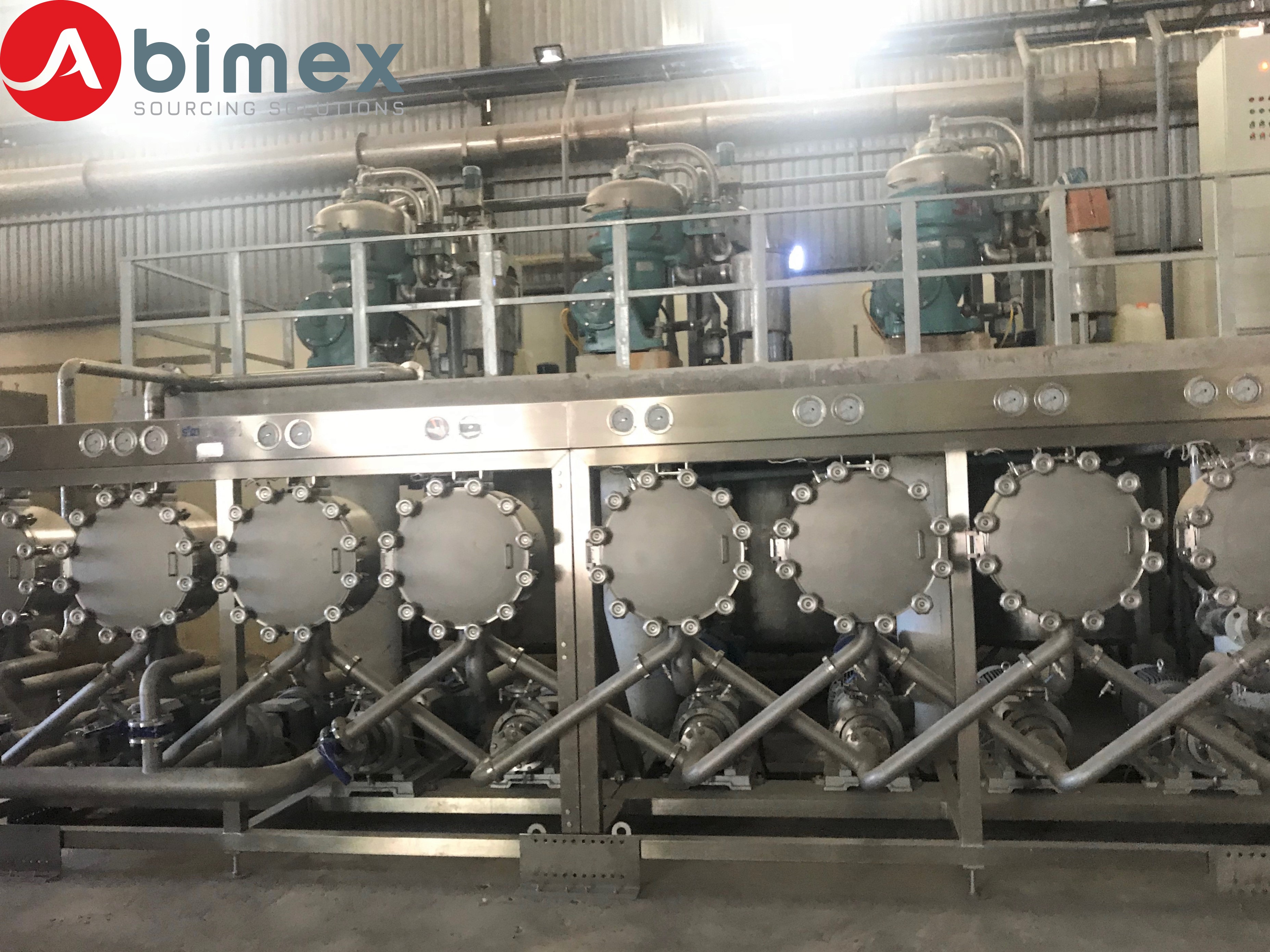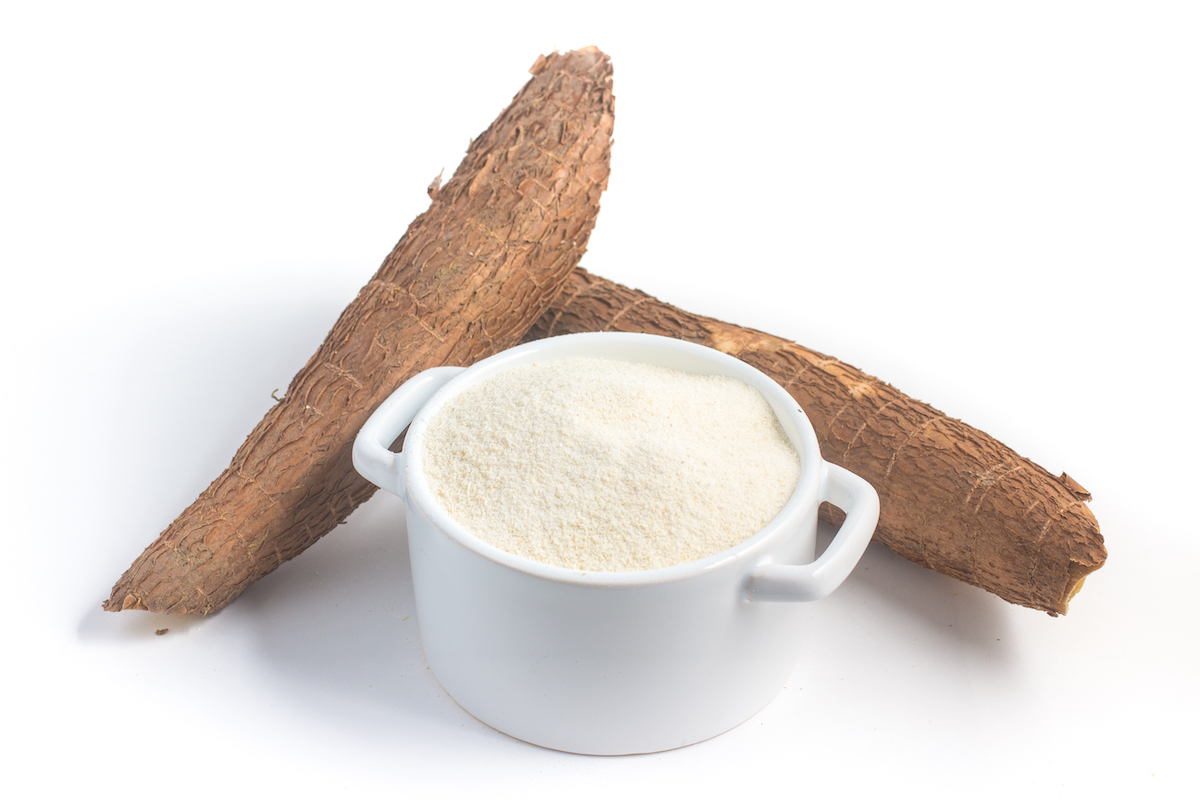
Modified starch, also called starch derivatives, are prepared by physically, enzymatically, or chemically treating native starch to change its properties.
1. Native tapioca starch
Tapioca starch can be classified into two types: native and modified. Native starches are produced through the separation of naturally occurring starch from cassava roots. It can be used directly in producing certain foods, such as noodles. The raw starch produced still retains the original structure and characteristics and is called “native starch”. Native starch is the basic starch product that is marketed in the dry powder form under different grades for food, and as pharmaceutical, human, and industrial raw material.
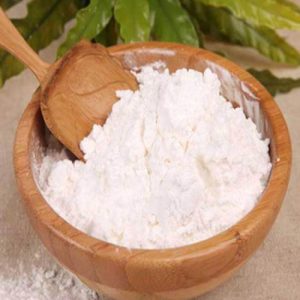
Native tapioca starch has limited usage, mainly in the food industry, because they lack certain desired functional properties. The native starch granules hydrate easily when heated in water, they swell and gelatinize; the viscosity increases to a peak value, followed by a rapid decrease, yielding weak-boiled, stringy, and cohesive pastes of poor stability and poor tolerance to acidity, with low resistance to shear pressure, as commonly employed in modern food processing.
2. Modified Starches
For those characteristics, which are unattainable with native tapioca starch, modified starch can be used for other industrial applications through a series of techniques, chemical, physical, and enzymatic modification. Thus, modified starch is native starch that has been changed in its physical and/or chemical properties. Modifications may involve altering the form of the granule or changing the shape and composition of the constituent amylose and amylopectin molecules. Modifications are therefore carried out on the native starch to confer it with properties needed for specific uses.
The different ways of modifying native starch consist in altering one or more of the following properties: paste temperature, solids/viscosity ratio, starch paste resistance to reduction of viscosity by acids, heat and or mechanical agitation (shear), retrogradation tendencies, ionic and hydrophilic nature. Modifying starch is important to provide the following properties: thickening, gelatinization, adhesiveness and/or film-formation, to improve water retention, enhance palatability and sheen and to remove or add opacity.
3. The reasons why modified starch appear :
Modifying cooking characteristics (gelatinization).
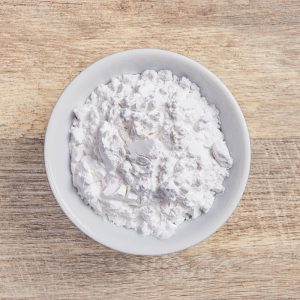
Reducing retrogradation.
Reducing paste’s tendency to gelatinize.
Increasing paste’s stability when cooled or frozen.
Increasing transparency of pastes and gels.
Improving texture of pastes and gels.
Improving adhesiveness between different surfaces, such as in paper applications.
Some of our customers have imported indigenous cassava starch to make modified starch and then resell it to industrial production companies. And after exchanging, working and testing samples, we became partners. Mr. Mick’s modified starch product has met the demand for many different industries, making paper and weaving for counting, and is increasingly favored by customers.
By the way, modification can be as simple as sterilizing products required for the pharmaceutical industry or highly complex chemical processes to confer properties totally different from the native starch. A simple modification process is represented by washing, air classification, centrifugation, and pre-gelatinization.

